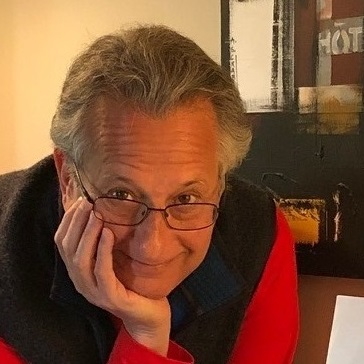Note to medical professionals in 2022: You may greatly embarrass your great-grandchildren.
From 1999 to 2017, I taught 48 semester-long classes in health economics to master’s and doctoral students. My students were mid-career doctors, nurses and other healthcare professionals. Today, I realize how fortunate I was to teach during a golden age of openness that has turned oppressively illiberal and intolerant.
While my students included supporters of George Bush, Barack Obama, Hillary Clinton, Donald Trump, Bernie Sanders, Ron Paul and others, the classes were remarkably friendly. No one complained about classmates’ viewpoints. None whined about microaggressions or demanded safe spaces. No longer.
One of my tasks was to teach the doctors and others how to weigh the costs of their actions (monetary and non-monetary) against the resulting benefits. As compassionate medical professionals, they were inculcated with the admirable notion that every single patient deserves the very best care that society can provide.
My job was to impress upon them that limited resources make that ideal impossible. Choices require data, evidence and metrics. While economics isn’t just about dollars, cost-benefit analysis requires us to set dollar-equivalent values on life, death, pain and happiness. After bucking that notion for a month, students settled into a comfort zone with — and even enthusiasm about — cost-benefit analysis.
Toward the end of the semester, without warning, I would guide the classes through two weeks of studying the history of eugenics — the early 20th-century pseudoscience that sought to harness statistics to improve or even perfect the human race (and especially the White race). Students learned how the field of mathematical statistics emerged from this effort. Eugenicists, convinced of their righteousness, stifled dissent and enlisted the state, the public health sector, social workers and parts of the medical profession into a cruel agenda. In America, these efforts — which were once considered highly progressive — resulted in the sexual sterilization of more than 60,000 people, most of whom had no physical or genetic abnormalities. More than that, eugenicists demanded allegiance from their colleagues or, at the very least, silence.
I never told the students why we were exploring this odd piece of medical history, but they always figured it out. I wanted them to see how dangerous it is to become cocksure of one’s own cost-benefit analysis and intolerant of others’ arguments. Afterward, I asked students to name something they were doing in their work today that might appall their great-grandchildren as much as eugenics disgusts us today. Five years ago, that was a difficult question. Today, one can easily name dozens of trends rampant in the health professions.
Among them:
Medical professionals are veering away from care for individual patients in order to focus more on social activism. “Advancing Health Equity,” produced by the American Medical Association and Association of American Medical Schools, suggests that doctors “shift the narrative … from the traditional biomedical focus on the individual and their behavior to a health equity focus on the well-being of communities, as shaped by social and structural drivers.”
Schools of public health do not tolerate political views deviating from their dominant progressive ideology.
Political and racial narratives are trumping data and analysis in journals and medical schools. In a journal article, University of Pittsburgh medical professor Norman Wang wrote that “all who aspire to a profession in medicine and cardiology must be assessed as individuals on the basis of their personal merits, not their racial and ethnic identities.” While his data and analysis weren’t problematic, the journal retracted his article, the school renounced it, and Wang was demoted.
Medicine is becoming heavily racialized. Bram Wispelway and Michelle Morse offered the idea of prioritizing hospital admissions by race in the name of an “antiracist agenda for medicine.” During the pandemic, some hospitals have allocated lifesaving drugs based on patients’ racial categories.
And throughout the pandemic, those who expressed contrarian viewpoints on COVID-19 mitigation strategies have found themselves demonized and shut out of the debate.
Posterity may judge these trends harshly. Plenty of medical professionals during eugenics knew the dangers inherent in that mindset. Plenty of professionals in 2022 understand the ills of today’s illiberality. The question is whether they will push back more quickly this time around. Here’s hoping so.


